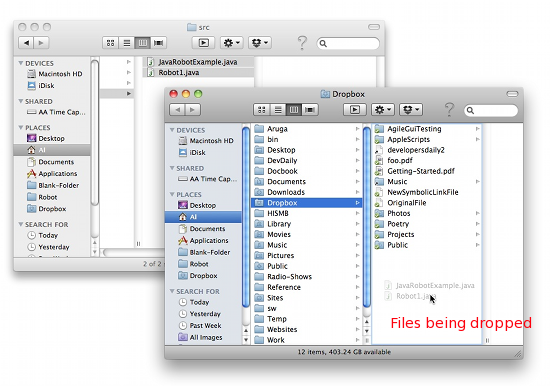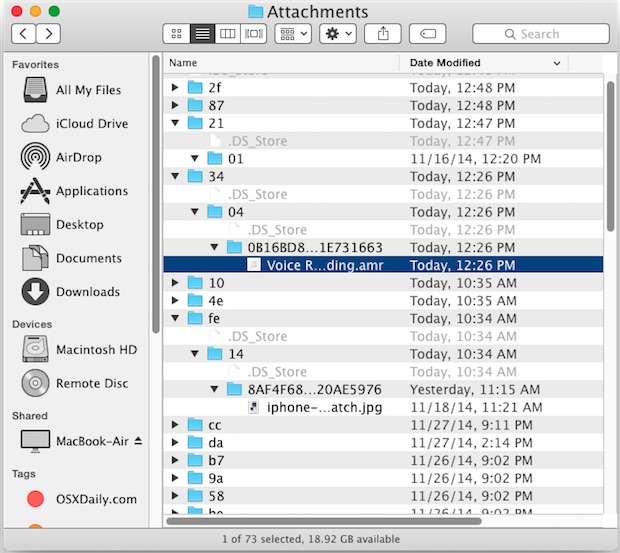

- Program files on mac os how to#
- Program files on mac os software download#
- Program files on mac os full#
- Program files on mac os code#
If you see a function that you’re unfamiliar with, select the text, and then click "Find in Reference" from the Help menu.
Program files on mac os code#
When looking at code in the editor, you'll see that functions like ellipse() and fill() have a different color from the rest of the text. Find an interesting topic in the list and try an example. The examples are grouped into categories based on their function, such as Form, Motion, and Image. To open an example, select Examples from the File menu and double-click an example's name to open it.
Program files on mac os software download#
With this in mind, the Processing software download includes dozens of examples that demonstrate different features of the software.
Program files on mac os how to#
Learning how to program involves exploring lots of code: running, altering, breaking, and enhancing it until you have reshaped it into something new. The application folders are erased and re-created each time you use the Export Application command, so be sure to move the folder elsewhere if you do not want it to be erased with the next export.
Program files on mac os full#
This is an easy way to make self-contained, double-clickable versions of your projects that can run full screen or in a window. Export Application creates an application for your choice of Mac, Windows, and/or Linux. The Export Application option in the File menu will bundle your code into a single folder. Processing sketches are made to be shared.

This will create a new sketch in its own window Share You can create a new sketch by selecting the New option from the File menu. You can also see where the sketch is located on your computer with the Show Sketch Folder command under the Sketch menu. This is especially helpful if-no, when-something breaks. As you try different things, keep saving with different names, so that you can always go back to an earlier version. It’s always a good idea to save your sketches often. Select the Sketchbook option in the File menu to bring up a list of all the sketches in your sketchbook. By default, your programs are saved to the "sketchbook," which is a folder that collects your programs for easy access. The next command that’s important is Save. Delete the text from the last example, and try this: Next, we'll skip ahead to a sketch that's a little more exciting. You'll get used to it with a little practice. The Processing software isn't always smart enough to know what you mean, and can be quite fussy about the placement of punctuation.
One of the most difficult things about getting started with programming is that you have to be very specific about the syntax. If this happens, make sure that you've copied the example code exactly: the numbers should be contained within parentheses and have commas between each of them, and the line should end with a semicolon. If you didn't type it correctly, the Message Area will turn red and complain about an error. If you've typed everything correctly, you'll see a circle on your screen. This line of code means "draw an ellipse, with the center 50 pixels over from the left and 50 pixels down from the top, with a width and height of 80 pixels." Click the Run button the (triangle button in the Toolbar). The Message Area is used for one line messages, and the Console is used for more technical details. Below the editor is the Message Area, and below that is the Console. There's not much to it the large area is the Text Editor, and there's a row of buttons across the top this is the toolbar. You're now running the Processing Development Environment (or PDE). Everyone's setup is different, so if the program didn't start, or you're otherwise stuck, visit the troubleshooting page for possible solutions. With any luck, the main Processing window will now be visible. (Replace xxxx with the rest of the file's name, which is the version number.) This will create a folder named processing-2.0 or something similar. Download the file to your home directory, then open a terminal window, and type: tar.gz file, which should be familiar to most Linux users.

Then double-click the Processing icon to start. If you're using someone else's machine and can't modify the Applications folder, just drag the application to the desktop. Double-click it and drag the Processing icon to the Applications folder. Then double-click processing.exe to start. It could be Program Files or simply the desktop, but the important thing is for the processing folder to be pulled out of that. Double-click it, and drag the folder inside to a location on your hard disk. Installation on each machine is straightforward: Welcome to Processing! Start by visiting and selecting the Mac, Windows, or Linux version, depending on what machine you have. If you see any errors or have comments, please let us know. This tutorial was adapted from the book, Getting Started with Processing, by Casey Reas and Ben Fry, Maker Media 2015.


 0 kommentar(er)
0 kommentar(er)
